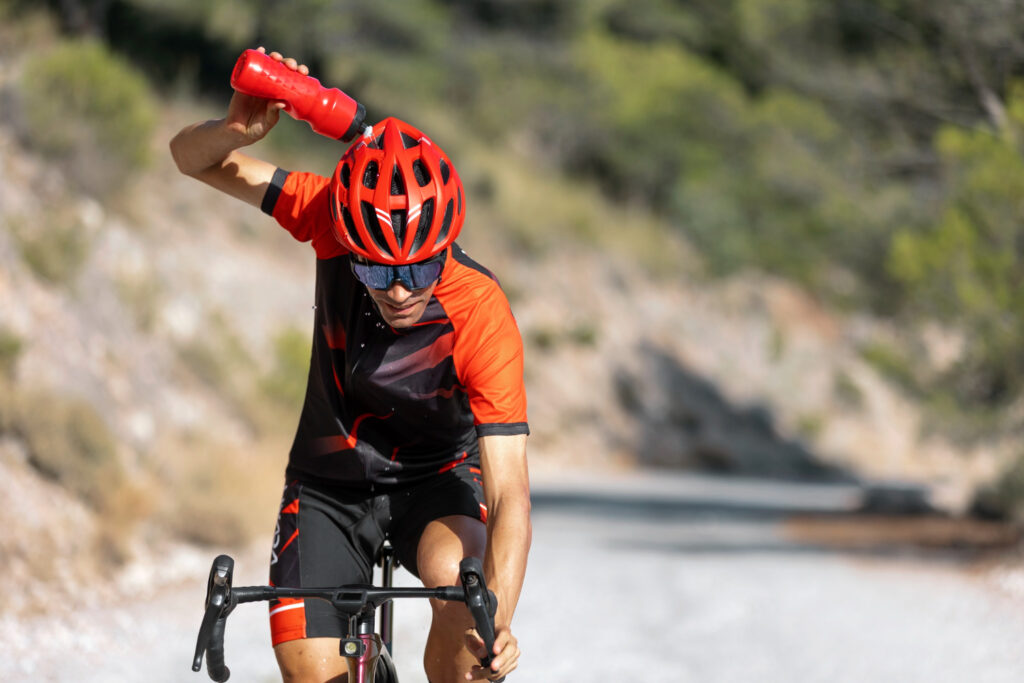Mountain Biking for Weight Loss: An Overview
Mountain biking, at first glance, might seem like just a fun and adventurous way to spend your weekends. However, it can be a powerful tool for weight loss, too. The combination of outdoor terrain, varying intensity, and endless trails makes mountain biking not just a workout but a journey. Riding through nature’s beauty can motivate you to pedal harder and longer. If you are wondering how to make mountain biking work for your weight loss goals, stick around. We have got some solid training plans and tips coming your way.
Why Mountain Biking is Effective for Weight Loss
Mountain biking is a unique exercise option. It offers a blend of cardio and strength training, making it incredibly efficient at burning calories. This activity engages multiple muscle groups, particularly your legs, core, and shoulders, providing a full-body workout. According to studies, an average person can burn between 400 to 1,000 calories per hour while biking, depending on the terrain and intensity.
Moreover, mountain biking offers mental benefits too. Being outdoors can significantly improve your mood and reduce stress. When you are having fun and enjoying the ride, it often feels less like a workout and more like an exhilarating adventure. The best part? You may not even realize how many calories you are burning while enjoying your time on the trails.
Calories Burned While Mountain Biking
To give you a clearer picture:
- Light riding (10-12 mph): 400-600 calories/hour
- Moderate riding (12-14 mph): 500-800 calories/hour
- Intense riding (15-18 mph): 600-1,200 calories/hour
Clearly, the faster and more challenging the terrain, the more calories you can torch. But remember, this is also influenced by factors like your weight, biking experience, and the effort you put in.
Getting Started with Mountain Biking
If you are new to mountain biking, take it easy. Dive into it one pedal stroke at a time. Investing in a good quality mountain bike is essential; comfort and fit matter. A bike that is too big or small can lead to injuries or discomfort. Don’t forget to wear a helmet and safety gear to keep yourself protected.
Basic Equipment You Will Need
Your mountain biking journey should start with the right gear:
- Mountain Bike: Choose one suited to your riding style and terrain.
- Helmet: Safety first. Always wear one.
- Gloves: They offer grip and protection.
- Proper Clothing: Wear breathable, moisture-wicking fabrics.
- Hydration System: Staying hydrated is key during rides.
Creating Your Training Plan
Like any great adventure, having a plan can make all the difference. A well-structured training plan focused on weight loss can maximize your efforts on the trails. Here’s an easy-to-follow four-week training program to help kick-start your journey.
Week 1: Building Basics
This week is all about gaining comfort and confidence. Aim for three rides, focusing on shorter distances at an easy pace.
- Ride 1: 30 minutes on flat terrain.
- Ride 2: 40 minutes on gentle hills.
- Ride 3: 30 minutes focusing on technical skills.
Week 2: Increase Intensity
Now that you are settled in, crank up the effort. Aim for three rides again, but add some intervals.
- Ride 1: 25 minutes with 1-minute bursts of faster riding every 5 minutes.
- Ride 2: 60 minutes at a moderate pace over hills.
- Ride 3: 30 minutes with a focus on quick climbs.
Week 3: Endurance Building
Increase your ride lengths this week to build endurance.
- Ride 1: 45 minutes on varied terrain.
- Ride 2: 90 minutes of mixed intervals.
- Ride 3: 60 minutes focusing on controlled descents.
Week 4: Challenge and Recover
Time to put your skills to the test. Aim to challenge yourself, but also allow for recovery.
- Ride 1: 60 minutes at a fast pace along a trail you know well.
- Ride 2: 30 minutes of hill repeats.
- Ride 3: 30 minutes at a light pace to help recovery.
Integrating Cross-Training
While mountain biking is a fantastic way to shed pounds, integrating cross-training can boost your results significantly. Strength training is particularly beneficial. It helps build the muscles you need for those long climbs and rugged trails.
Suggested Cross-Training Activities
- Yoga: Enhances flexibility and balance, key for navigating tough trails.
- Running or Walking: Excellent for cardiovascular health and burns calories.
- Strength Training: Focus on your legs, core, and upper body.
Nourishing Your Body for Success
Exercise alone will not get you to your weight loss goals. Nutrition plays a crucial role in fueling your rides and recovery. Eating the right foods keeps your energy levels high and supports your overall health.
Foods to Fuel Your Rides
- Complex Carbohydrates: Whole grains, fruits, and vegetables give you the energy needed for those long rides.
- Lean Proteins: Chicken, fish, and legumes help with muscle recovery.
- Healthy Fats: Nuts, avocados, and olive oil can keep you satiated and provide essential nutrients.
Hydration Matters
Always remember to hydrate before, during, and after your rides. Dehydration can severely impact your performance and recovery. Aim for at least 64 ounces of water each day, and even more if you are sweating heavily during your rides.
Staying Motivated
Weight loss is a journey, and, like all journeys, there can be bumps along the way. Keeping your motivation high is essential. Here are a few tips that can help:
- Set Achievable Goals: Instead of focusing on a specific weight, aim for measurable activities, like distances covered.
- Join a Community: Biking with friends or in a group can make the experience more enjoyable and keeps you accountable.
- Track Your Progress: Use apps or journals to document your rides and milestones.
Conclusion
Mountain biking for weight loss is not only effective but also a whole lot of fun. By incorporating a balanced mix of riding, cross-training, and good nutrition, you can create a sustainable plan that keeps you engaged and motivated. Remember, each ride is a step on your journey, so embrace the adventure, enjoy the fresh air, and keep pedaling toward your goals. Happy trails and happy riding!






